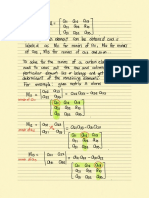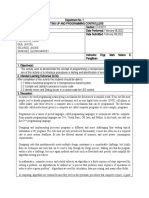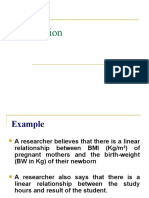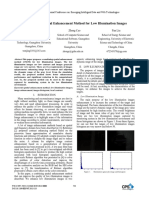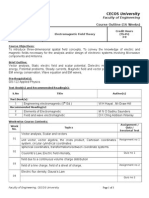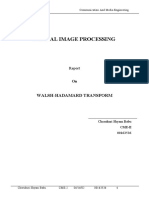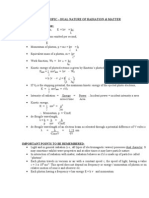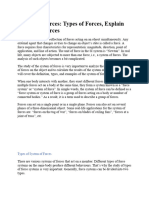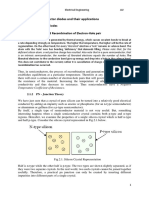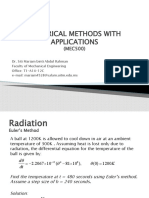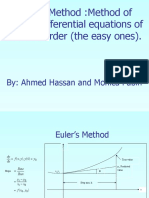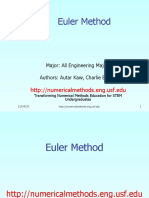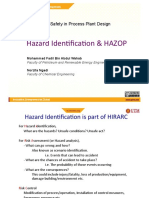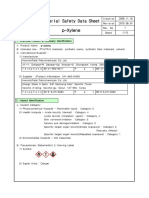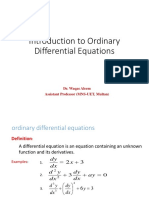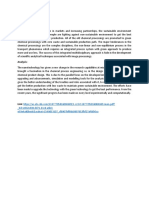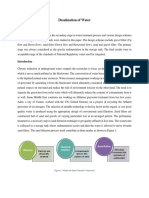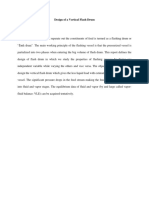0% found this document useful (0 votes)
466 views11 pagesExample Euler Method
The document provides the differential equation and initial conditions for modeling the cooling of a ball initially at 1200K in air at 300K. It uses Euler's method with a step size of 240 seconds to calculate the temperature of the ball at 480 seconds, obtaining a result of 110.32K. It also provides the exact solution of 647.57K for comparison to the numerical approximation.
Uploaded by
Sehry SyedCopyright
© © All Rights Reserved
We take content rights seriously. If you suspect this is your content, claim it here.
Available Formats
Download as PPT, PDF, TXT or read online on Scribd
0% found this document useful (0 votes)
466 views11 pagesExample Euler Method
The document provides the differential equation and initial conditions for modeling the cooling of a ball initially at 1200K in air at 300K. It uses Euler's method with a step size of 240 seconds to calculate the temperature of the ball at 480 seconds, obtaining a result of 110.32K. It also provides the exact solution of 647.57K for comparison to the numerical approximation.
Uploaded by
Sehry SyedCopyright
© © All Rights Reserved
We take content rights seriously. If you suspect this is your content, claim it here.
Available Formats
Download as PPT, PDF, TXT or read online on Scribd
/ 11












